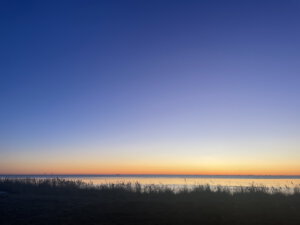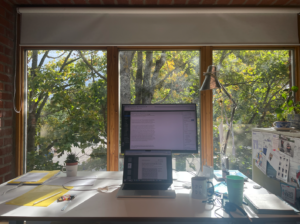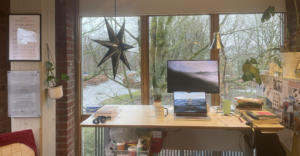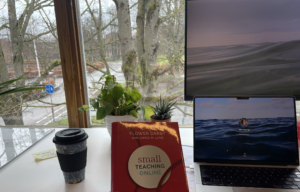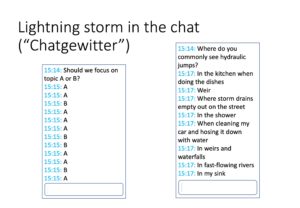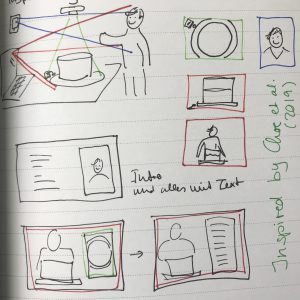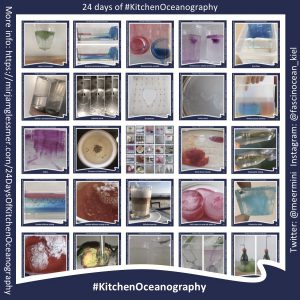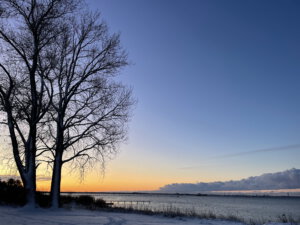
Currently reading Robnett et al. (2022) on “Are synchronous chats a silver lining of emergency remote instruction? Text-based chatting is disproportionately favored by women in a non-majors introductory biology course”
Encouraging active participation in class is often a goal since it is correlated with better learning outcomes, but that became a lot more difficult when teaching had to suddenly move…

